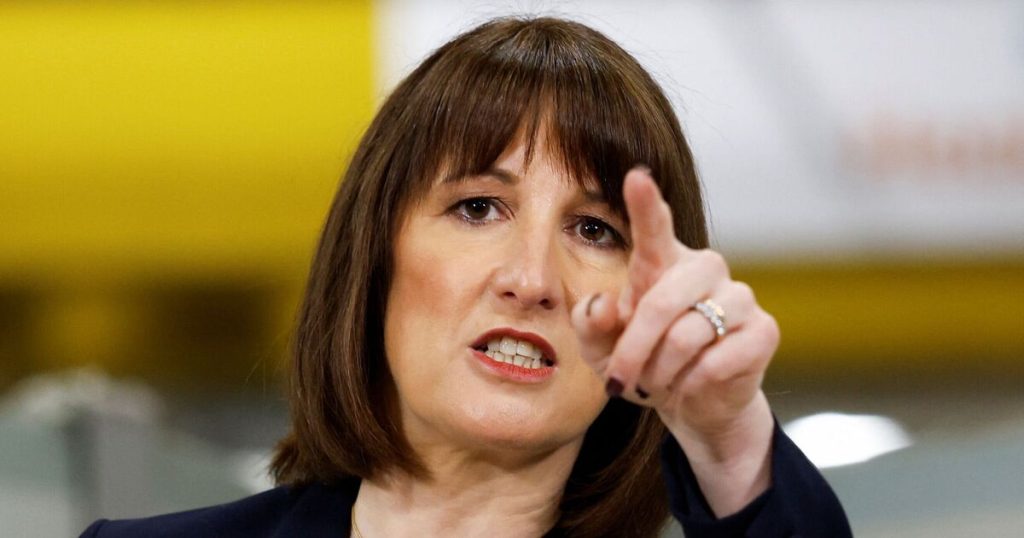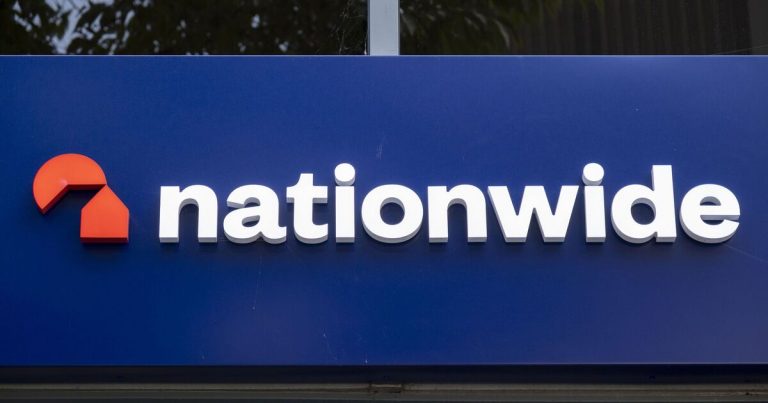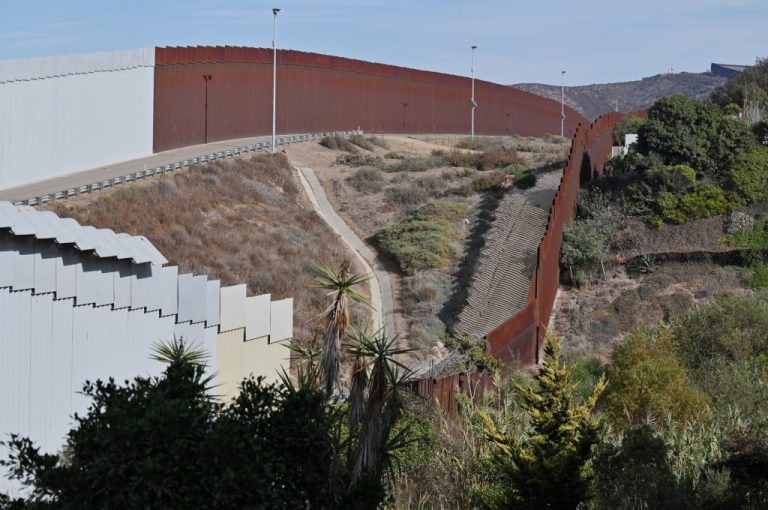
A rumoured change to Cash ISA rules could leave households with savings worse off each year.
Speculation continues to swirl that Chancellor Rachel Reeves could be about to slash Cash ISA limits.
Currently, anyone can put £20,000 into one or several Cash ISAs each financial year and protect the money inside them from tax.
Because the limit is £20,000 per year, within five years you could have £100,000 in savings inside the ISA, all protected from tax.
Right now, there is a Personal Savings Allowance, which dictates that you can make £1,000 in savings interest before you have to pay tax on it, or £500 if you earn over £50,270 – but you have no allowance if you earn £125,000 or more.
However, any money inside an ISA is protected from tax on savings even if you earn more than the Personal Savings Allowance.
This week, finance firm Fidelity suggested that the Cash ISA limit could be reduced from £20,000 to just £4,000, and when this was put to Chancellor Rachel Reeves, she refused to rule it out.
Asked about the potential limit on Thursday, Rachel Reeves told broadcasters: “It’s really important that we support people to save to achieve their aspirations.
“At the moment, there is a £20,000 limit on what you can put into either cash or equities (ISAs) but we want to get that balance right.
“I do want to create more of a culture in the UK of retail investing like what you have in the United States, to earn better returns for savers.”
How much would I lose if Cash ISA limits are changed?
Right now, Cash ISAs are around 4-5% – for example Trading212 has a cash ISA with a 4.9% rate, boosted to 5% if you meet certain criteria.
Assuming a rate of 5% per annum, if you were to put £20,000 in the ISA, you would make £1,000 of interest in a given year.
Under current rules, you would pay no tax on this at all as it’s protected from tax.
If this allowance was cut to £4,000, you could only have £4,000 in your ISA, which means you could only make £200 of interest tax-free in a year at the same rate.
Assuming you would then keep the other £16,000 in a normal savings account, you would have the other £800 in a place where it could be taxed.
If you were a higher earner, you would then lose money because you can only earn £500 interest each year. This means you’d be taxed at 40% on £300 of the money, so you would be made to pay £120.
If you were a very high earner, you’d lose even more as you have no personal allowance – 45% of the full £800, or a £360 tax bill.
Even those on the 20% tax band, earning under £50k, could still be stung.
If you had maxed out your cash ISA at £4,000, and had another £25,000 in savings not in an ISA making interest at 5%, you’d earn £1,250 of interest on it in a given year, which means you’d pay 20% interest on the £250 over the limit, or a £50 tax bill.
It has been suggested that the change would push people to make savings in stocks and shares ISAs instead, thereby boosting economic growth by putting more cash into the stock market. The downside to this is that stocks, while normally outperforming cash savings on average, do carry more risk and aren’t as immediately accessible, such as in times of market downturn, and can go down as well as up.








